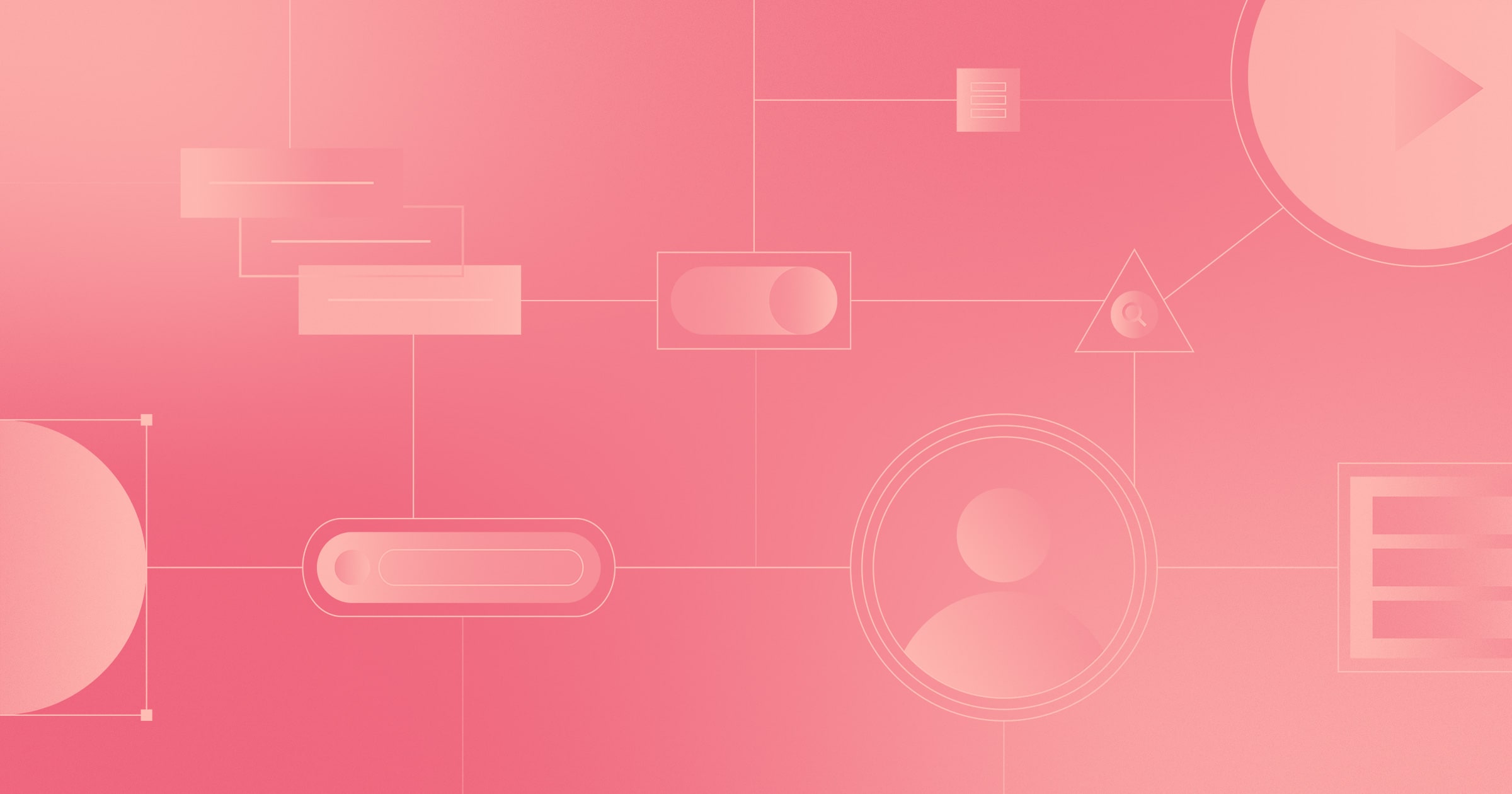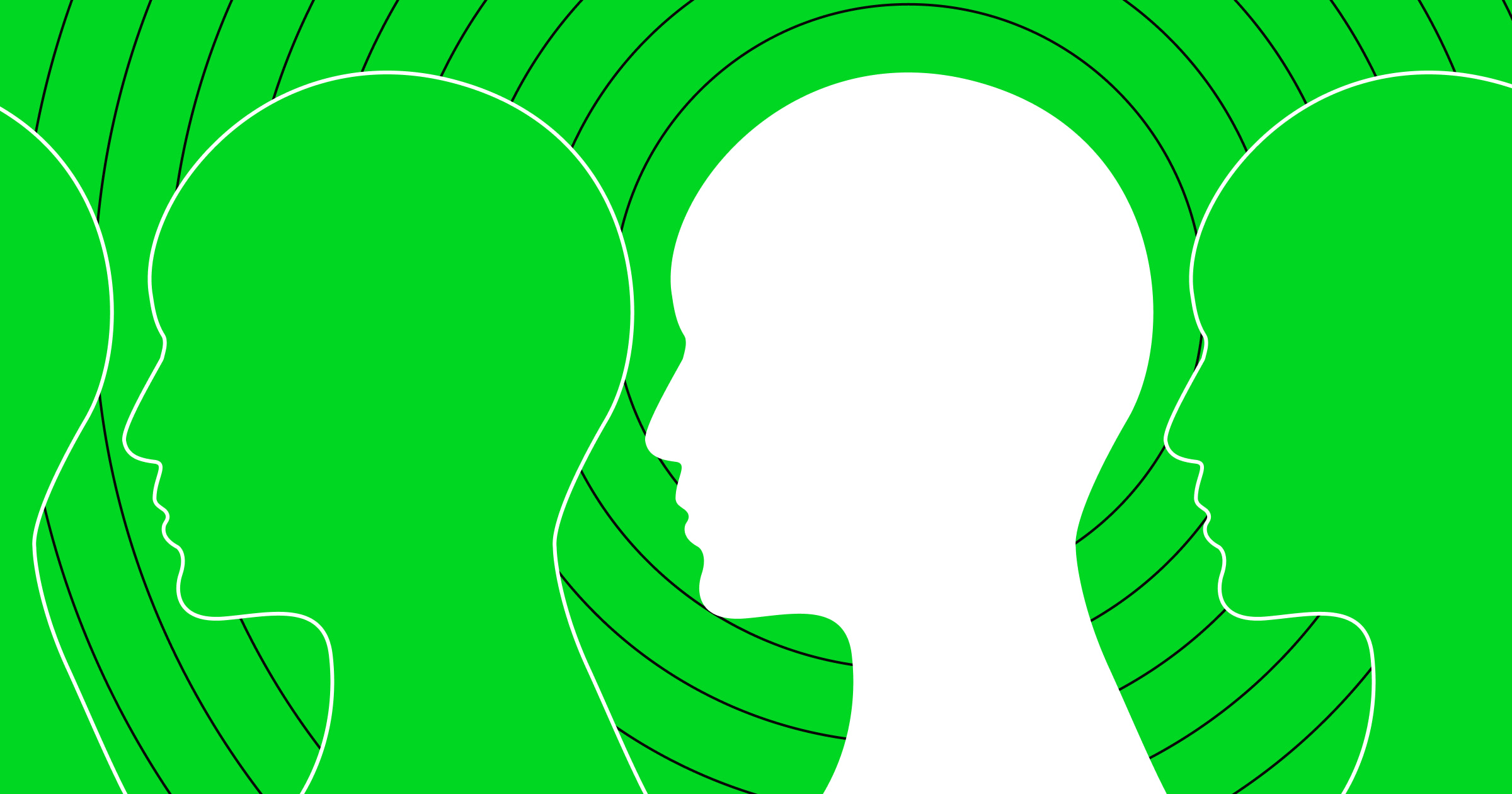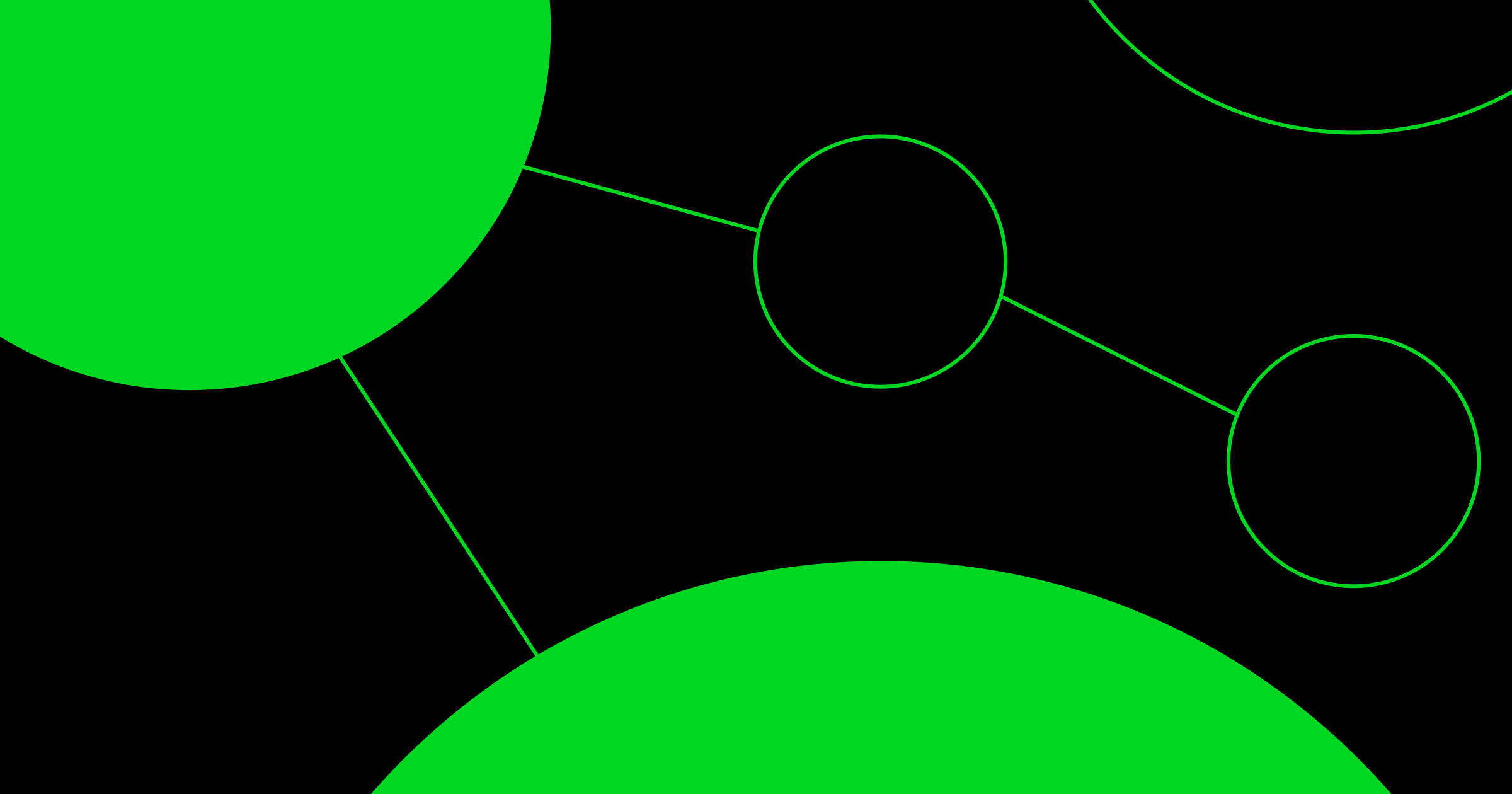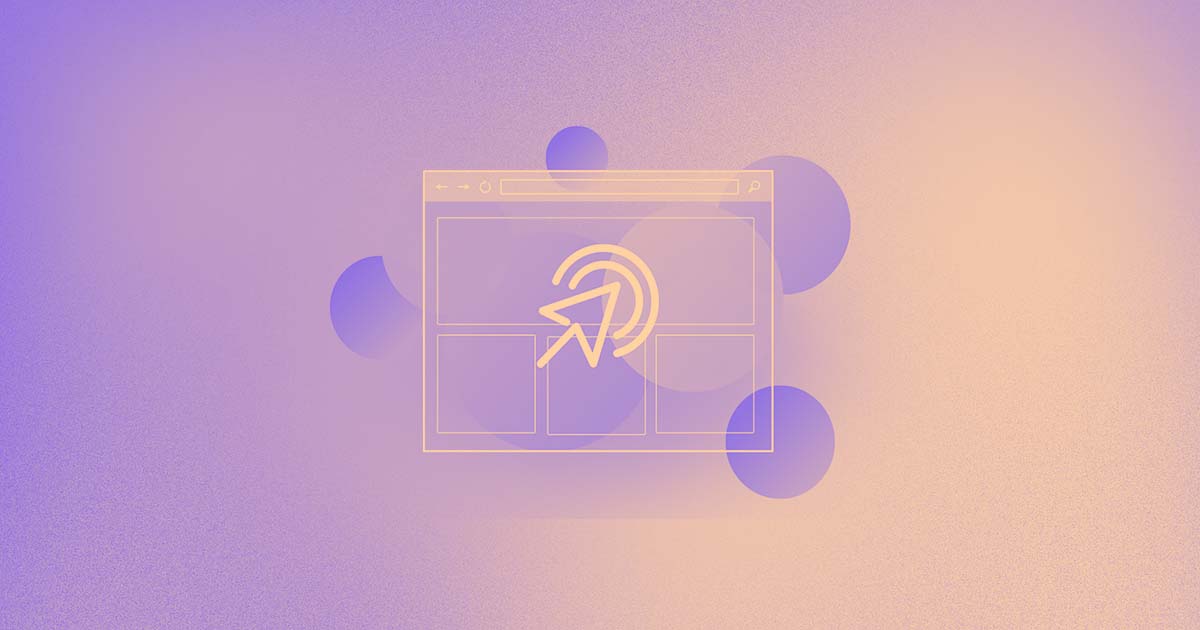User-centered design doesn’t actually center the user anymore.
Underneath a benign name, “user-centered” design journeys are just rigid, biased environments where the user doesn’t have the freedom of choice. They only have freedom to move along the arbitrary pathways that the designer gives them.
There’s a term for what happens when users rebel against these constraints. In urban planning — it’s called the “desire path.” For example, an urban planner may lay out a nice brick path for pedestrians, but pedestrians don’t stay within the path’s boundaries. Instead, they depart from the plan and tread through grass, making their own shortcuts that cut corners.
Designers have historically been afraid of this type of unpredictability, but there’s a way to design with it in mind.
Enter, ecosystem design. A truly user-centered design journey that allows for a matrix of possible interactions and empowers users to create their own pathways and build for their own communities using their own tools.
User-centered design is not enough — ecosystem design is the future
So, what sets ecosystem design apart from user-centric design? For starters, ecosystem design is a lens for product design that anticipates and welcomes inputs from the user and the other tools they use.
User-centered design assumes users will behave predictably and stay within the bounds of their own design. But users have evolved quickly, and there are too many external and internal factors constantly influencing the choices they make. This means that by the time you tidily map out your user journey, the user will have likely changed their mind or performed an action you haven’t anticipated.
By contrast, instead of anticipating user behavior in a point A to point B sequence, ecosystem design anticipates user misbehavior. The user subverts and breaks boundaries naturally as they interact with a product. Ecosystem design recognizes that users don’t create in isolation or behave in a straightforward manner, and that as a designer, you’re responsible for creating space in your ecosystem for users to choose their own renegade journeys.
No-code takes this one step further. With no-code tools, users now have more agency to “talk back” to designers with their own designs. This growing base of no-code users isn’t seeking one fully-designed solution to build in. Instead, they want to design in an ecosystem using integration points between platforms that allow learning and iteration through plugins, tutorials, and shared knowledge. Think how much more useful Airtable is to you as a creator when you integrate it with Zapier.
This makes it absolutely necessary that designers think about not only customer experience but the complete ecosystem experience as well.
Instead of seeing misbehavior as a form of user rebellion, I would like to offer this perspective: when someone off-roads away from the user path you thought you understood, you probably should embrace that direction and even enable it.
Responsibility in ecosystem design
At the heart of ecosystem design is a commitment to uphold the users’ ever-evolving needs above your own bias or ego — much like the original goal of user-centered design. Now a designer’s commitment must extend to letting users blur the lines between your design and others’ because trapping your user within a tiny linear system within one platform is now the least user-centered decision that you could make.
The ecosystem of open-source software was supposed to be the best example of this ideal: A true commons where ideas could be freely shared for the betterment of mankind. However, that commons — to its detriment — has ended up being more code-centric than people-centric. As Don Goodman-Wilson pointed out in “Open Source is Broken”:
Openness is not an end in itself, but a tool that we can use for good or ill. It turns out to be a pretty good tool when used to build and empower communities. But it can also be an effective tool for exacerbating existing injustices, and creating new ones.
Truly user-centered design leaves space for gray areas and for the user to make their own choices you wouldn’t have thought of — but it also provides transparent guardrails while recognizing that those guardrails must constantly be reconsidered, too.
If an ecosystem is healthy, it encourages biodiversity. For an ecosystem to survive, you also can’t let it be burned down.



















The modern web design process
Discover the processes and tools behind high-performing websites in this free ebook.
Ecosystems are designed for interoperability
While we may compare design teams to sports teams or compare UX design to building roads for users to get from one place to another, it’s truly more complicated than that. For myself, design is a big community garden with new members joining every day — bringing their own tools, processes, and perspectives. Even though there might be some rows and planters that provide order, for these gardens to yield fruit, they mostly have to be allowed to grow in whatever direction they need to. Similarly, design should be interoperable, meaning for it to thrive best — its environment should be organic and free-flowing.
At Webflow, having an ecosystem design mindset means we design to enable and encourage that organic flow between our own platform and other tools. In nature, nothing functions in complete isolation. Ecosystems are interdependent, full of symbiotic relationships. Likewise, ecosystem design works toward interoperability, where the whole system functions best and becomes more resilient the more it adapts.
I know this because we live it here every day. Webflow started out as a tool for developers and designers, but has evolved into a tool for other types of users, like marketers. Instead of keeping them out or creating new narrow lanes for these types of users or just solving this design problem with add-ons, we made Webflow into an ecosystem — where every user can make what they want (even if it means working with other tools) without having to be shoved into a box.
Interoperability is a sacrifice. It’s hard to let go of controlling your products in order to serve the user’s real needs of flexibility and inter-dependability. It’s also the most important thing about ecosystem design. If you're truly being user-centered, then you have to connect a tunnel between your platform and others. You have to be vulnerable enough to keep those tunnels open and allow two-way communication between them. You have to be ready to learn where you failed to design for the user and expand your ecosystem to make room for them. You’ll need to develop your prediction skills, to read the tracks in the dirt, to better anticipate change, to follow the user’s evolution in real time. Keeping the user at the center will always be the right call. Now, you have to give the user the power of choice, too.
































